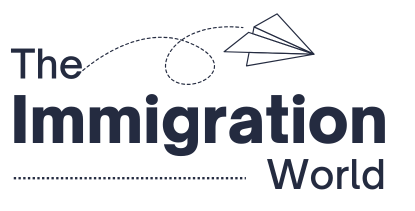The UK Civil Partnership Visa is a route designed for non-British nationals who are in a legally recognized civil partnership with a British citizen or someone with settled status in the UK, such as Indefinite Leave to Remain (ILR), EU Settled Status, or refugee/humanitarian protection.
Key Takeaways
What Is the UK Civil Partnership Visa?
This visa is essentially the sibling of the better-known spouse visa, and although the rights and processes are largely similar, the civil partner route specifically accommodates couples who aren’t married but are in a registered partnership. It’s also worth noting that a separate, temporary visa can be granted if you’re planning to register your civil partnership in the UK and then apply for the full visa after the ceremony.
Who Can Sponsor a Civil Partner in the UK?
To sponsor your partner under this route, you must meet several core requirements. Firstly, the sponsor must be either a British citizen or someone holding settled status in the UK. This includes those with ILR, EU Settled Status, or refugee status.
Both partners must:
- Be 18 years or older
- Have met in person
- Be in a genuine and subsisting relationship
- Intend to live together permanently in the UK
- Plan to register the civil partnership (if not already done) or provide proof of an existing legal partnership
You’ll also need to show that you can financially support your partner without relying on public funds, which brings us to the next major hurdle: the income threshold.
What Is the Financial Requirement for 2025?
As of April 2024, the UK government raised the minimum income requirement for spouse and civil partner visas to £29,000 gross per year. This is a significant jump from the previous threshold of £18,600 and reflects the government’s tightening stance on family migration routes.
This income requirement is per sponsor, not per household, and is intended to ensure that families are financially self-sufficient. If you plan to bring children as dependents, the bar is even higher. While official updates to dependent thresholds haven’t been finalized, historically, it has increased by around £3,800 for the first child and £2,400 for each additional child.
Also Read: How Can Travelers Prepare for the UK’s Transition to E-Visas?
It’s important to note that this figure may increase again later in 2025, as part of the UK government’s phased immigration reforms. So, if you’re planning to apply, it’s smart to get your application in under the current rule before further hikes kick in.
Which Sources of Income Count Toward Sponsorship?
Luckily, the Home Office does offer some flexibility in how you can meet the income threshold. Acceptable sources include:
- Employment income (must have worked with the same employer for 6+ months)
- Self-employment earnings
- Savings (if you’re short on income but have over £88,500 saved)
- Pension payments
- Income from property rental or dividends
- Maternity, paternity, or sick pay from employment
Whichever route you use, the documentation must be water-tight. Expect to provide payslips, tax returns, bank statements, employment contracts, and in some cases, letters from accountants or employers. The UKVI is extremely particular about the format and dating of these documents, so following their guidance to the letter is crucial.
Can You Still Apply If You Don’t Meet the Income Requirement?
Yes, though it’s not always straightforward. If you don’t meet the £29,000 salary threshold through income alone, you might still qualify if:
- You have cash savings of over £88,500, held for at least 6 months
- You or your partner receives disability-related benefits such as PIP or Carer’s Allowance
- There are exceptional or compassionate circumstances, such as humanitarian reasons or children’s best interests
In these cases, you’ll need strong supporting evidence and possibly legal assistance, especially if you’re relying on discretionary grounds. Applications that fall outside standard rules are judged on a case-by-case basis and can take longer to process.
What Other Requirements Should You Know About?
Aside from the financial aspect, applicants must also meet other key criteria:
- Accommodation: You must have suitable housing for you and your partner that’s not overcrowded or publicly funded.
- English Language Proficiency: Your partner must pass an approved English test at A1 level (or provide proof of exemption).
- Tuberculosis (TB) Test: Required if applying from a listed country.
These may seem like checkboxes, but failure to submit proper evidence, such as a tenancy agreement or the original TB certificate, can stall or even derail the entire application.
What Happens After the Visa Is Granted?
Once approved, the civil partnership visa typically lasts 2½ to 2¾ years. Before it expires, you can apply to extend it for another 30 months. After five continuous years on this route, your partner becomes eligible to apply for Indefinite Leave to Remain (ILR)—a significant step toward permanent residency.
Eventually, with ILR in hand and at least one additional year of residence, they can apply for British citizenship (subject to language and life-in-the-UK test requirements).
It’s a multi-step journey, but for many couples, it’s the path to building a shared life in the UK, with the aim of security, stability, and future mobility rights within the UK.





